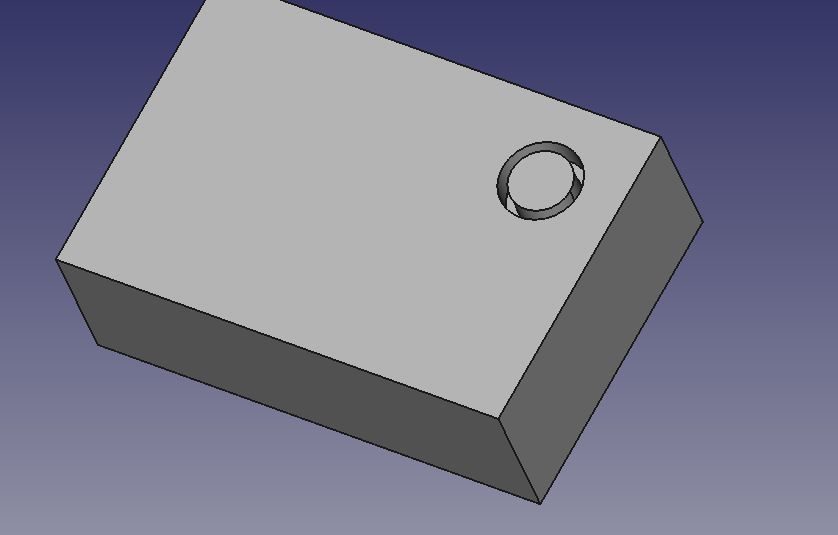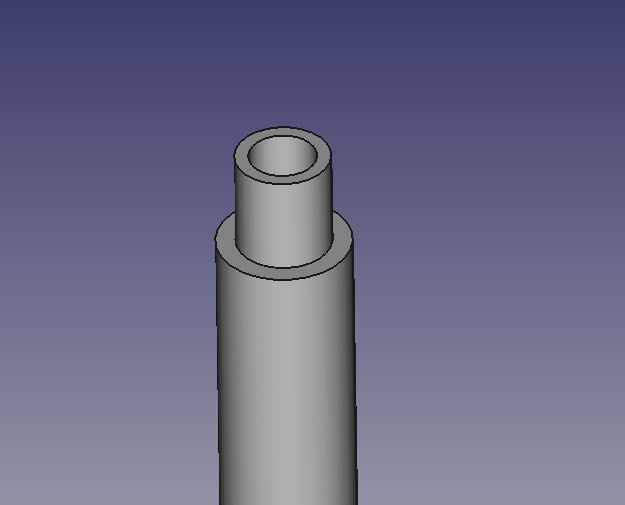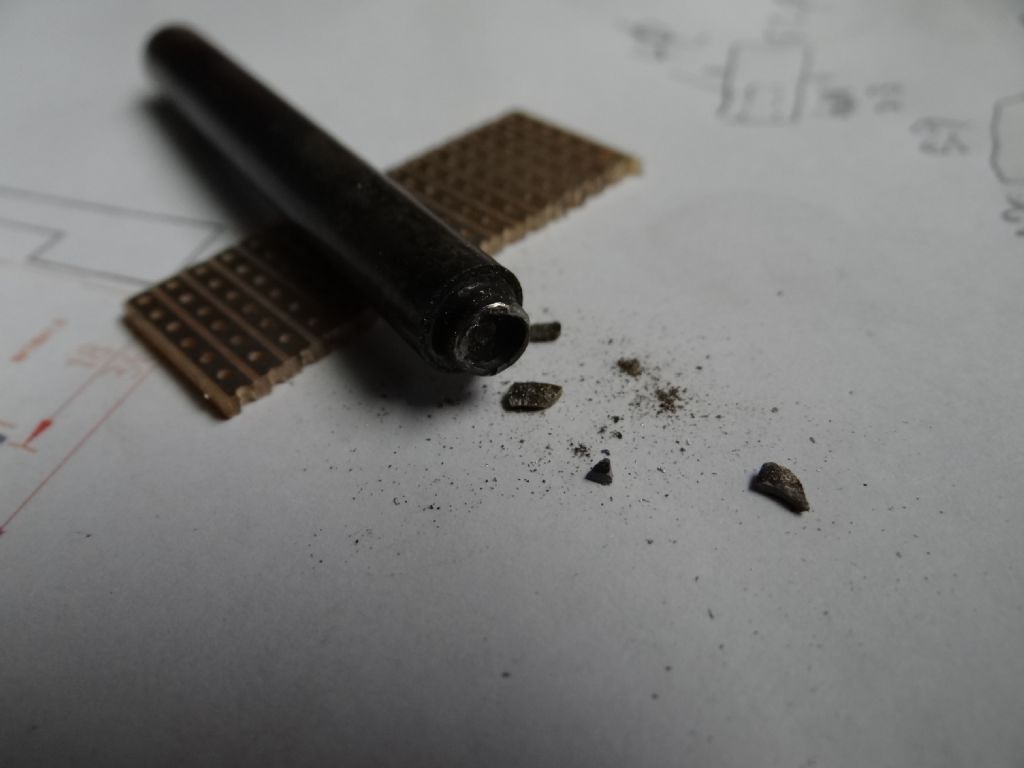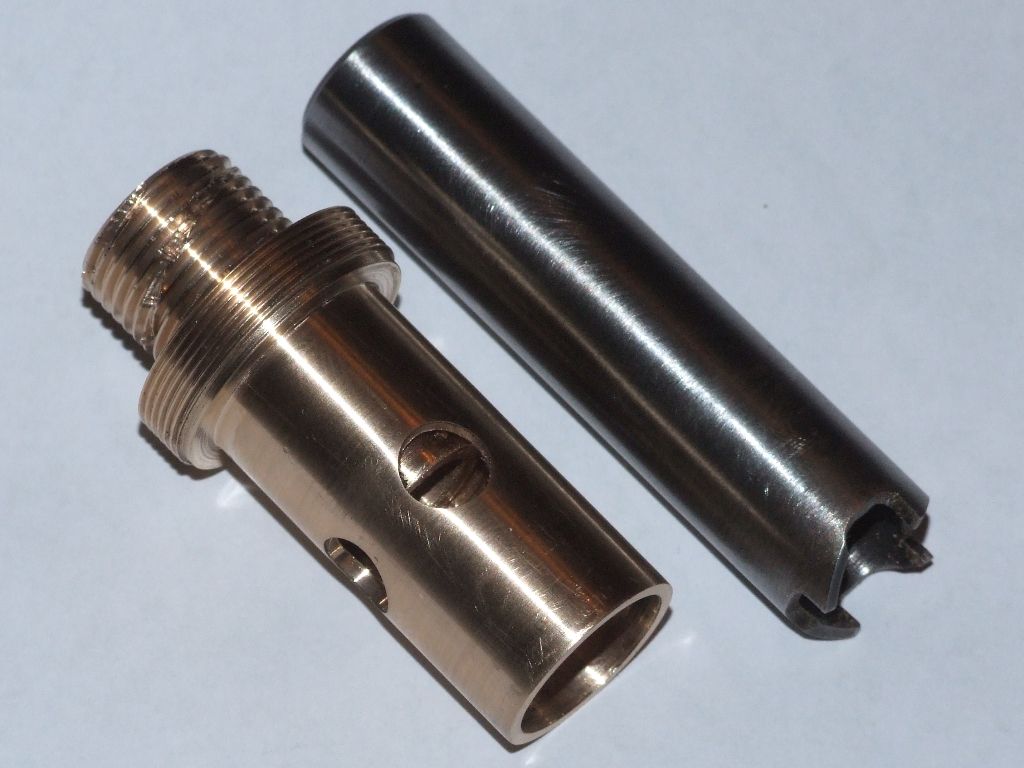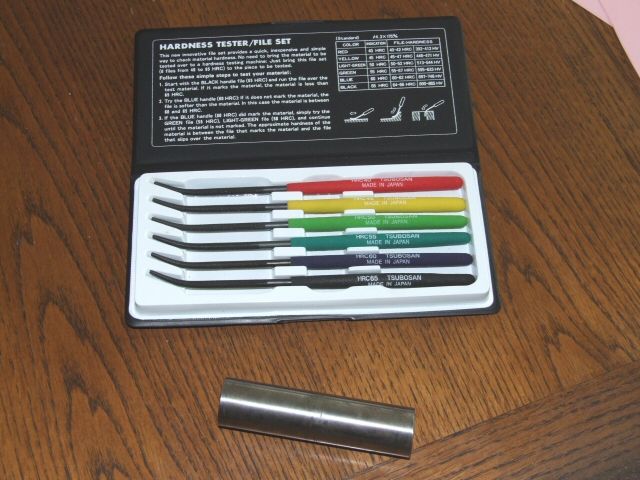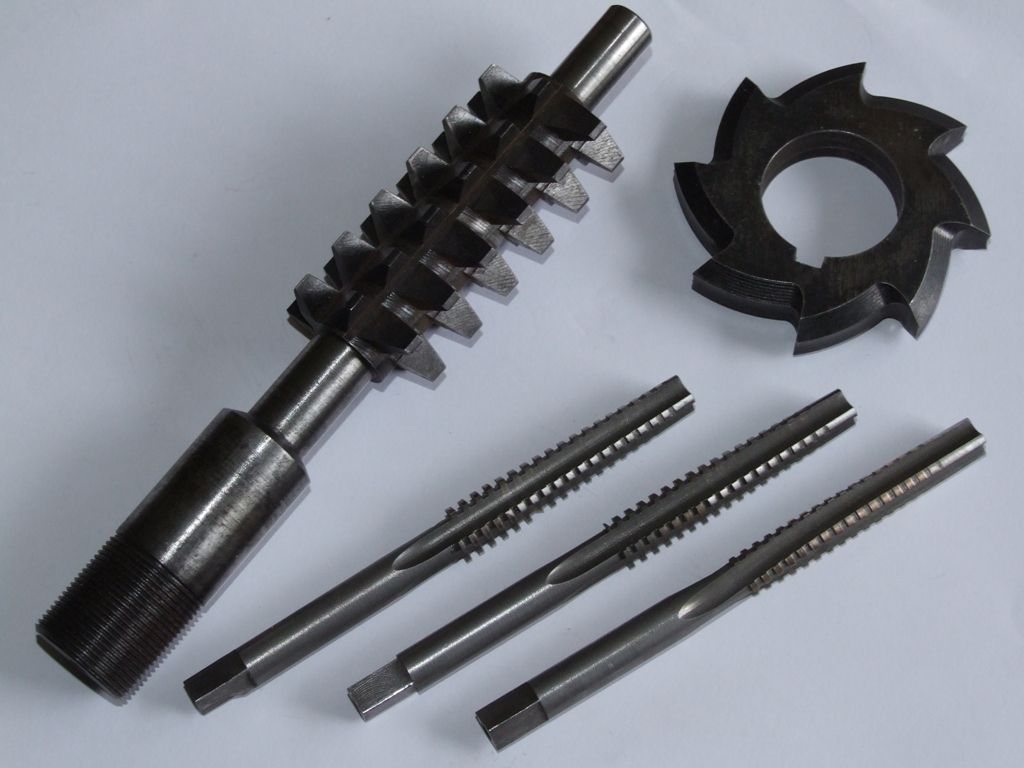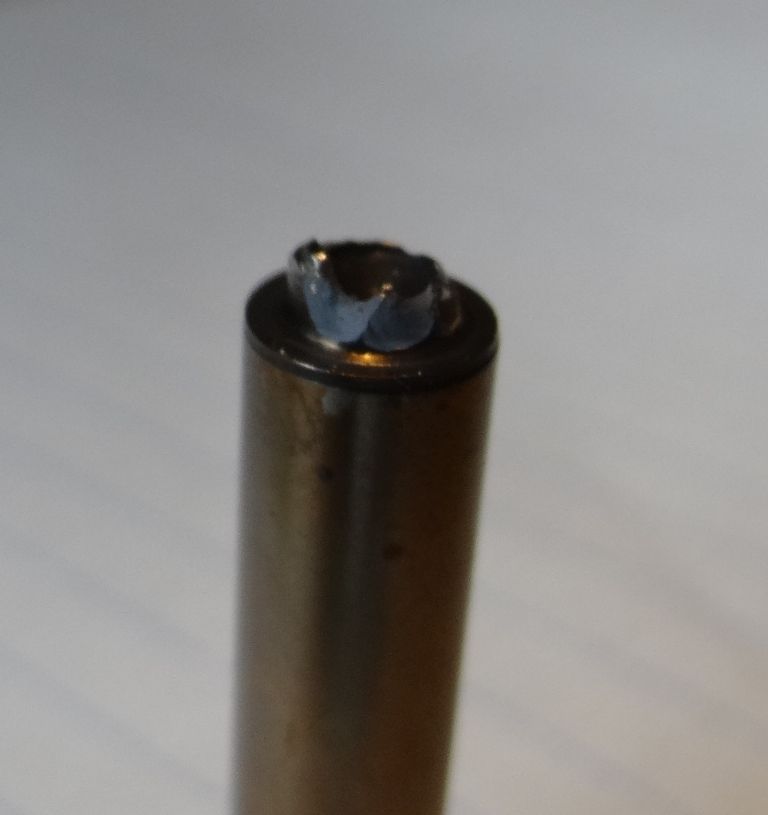I think some of the problem is due to the change in section of the job,a big mass of steel too close to the the fine cutting part,heat transfers to the mass so the red hot end of the tool starts to cool before it has a chance to get quenched, also if the tool is plunged into water sharp end first there is a tendency for an airlock as the tool has a blind hole ,(a centrally drilled hole through the tool wood get rid of trapped air),so may tend not to quench so well on the ID of the cutter. My first employer used a lot of silver steel tools mainly pin cutter and large counterbores on the capstan lathe as most the work was brass and nickel silver,hardening was primitive ,paraffin blowlamp,and a bucket of water ,and we were taught to plunge vertically and keep the lamp flame on the tool until the tool was close to the surface of the water to maintain heat,crude but it works,and the tools wood last for years on thousands of the lens retaining parts of microscope eyepieces, resharpening was done on a cutter grinder.Tempering was done by polishing the tool wth emery until it chaged to straw . I still use a calor torch and water for hardening at home.
In those days nearly everyone one used Stubbs Silver steel ,which was very good,and always marked with the stubbs name at one end,and it was drummed into us,always cut the piece you want off the unmarked end,so that you know that the piece left was marked silver steel,so there would be no errors by using the wrong material.
SillyOldDuffer.


